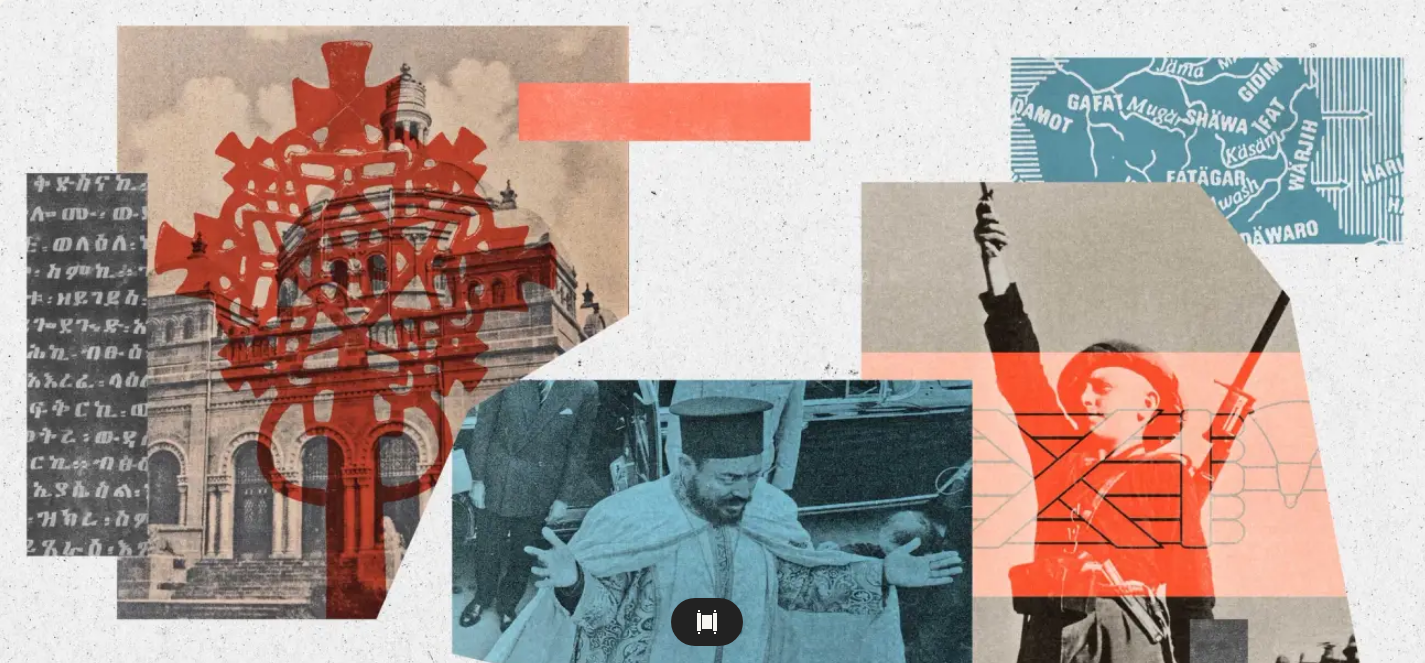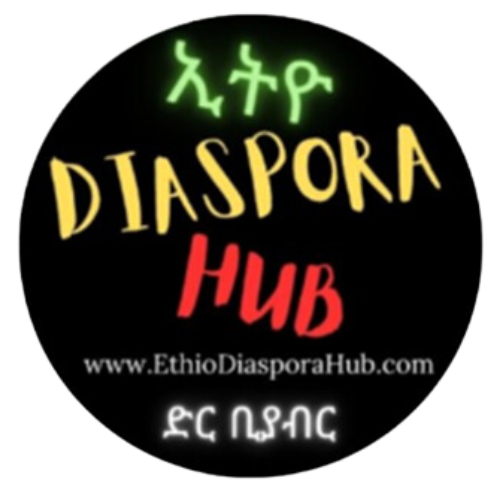In 2018, Princeton University launched the Princeton Ethiopian, Eritrean, and Egyptian Miracles of Mary (PEMM) project, a cataloged study of a combined 3,500 stories and pieces of art related to the Virgin Mary. The works date from the 1300s CE and are in the ancient, mostly defunct Ge’ez language of the region, which is preserved in the liturgy of the Ethiopian Orthodox Tewahedo Christian Church. (Tewahedo is itself a Ge’ez word, meaning unified.)
Why does a database of Ethiopian tales of the Virgin Mary matter today in the U.S., where Ethiopian Orthodox adherents represent a tiny percentage of the population? Although they are a small diaspora community in the United States, working toward better historical understanding of their indigenous religion may hold the key to peace in their country of origin, which is currently in the midst of an ongoing bloody conflict between religious and ethnic groups.
The Ethiopian Orthodox presence in the United States is growing, as the country is a top destination for Ethiopians looking to escape poverty and sectarian instability. Of the Ethiopian Orthodox Church’s nearly 200 churches in the U.S., almost half have been established since 2010. Rough estimates of their current membership in the States are at nearly 100,000, with around 44,000 regular adherents. While average attendance at a typical Ethiopian Orthodox parish is a few hundred, the bigger parishes boast anywhere from 1,000 to 1,800 regular attendees.



No Comment Found.